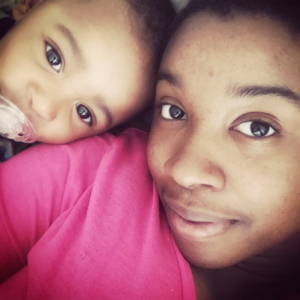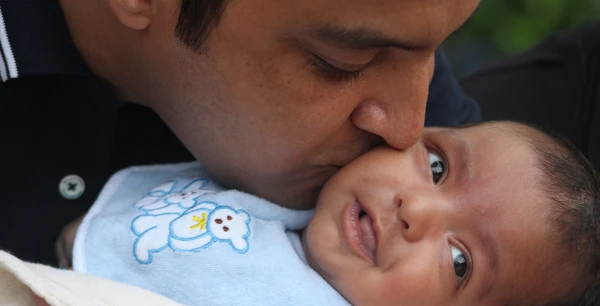What Is the 3-Month Sleep Regression?
At 3 months, babies are becoming more alert and aware of their surroundings. While this is exciting, it can also mean:
- Restless sleep – Your baby may move more during sleep and wake up easily.
- Frequent night wakings – If your 3-month-old isn’t sleeping through the night, they may need extra soothing.
- Changes in nap patterns – Some babies start fighting naps or taking shorter naps around this age.
While some babies experience a clear sleep disruption, others may sail through this stage with little change.
Is there a Sleep Regression at 3 Months?
Technically, the big sleep regression happens at 4 months, when your baby’s sleep cycles mature. However, some babies experience sleep disruptions at 3 months due to:
- A growth spurt (which can lead to more night feeds).
- Increased awareness of their surroundings (making it harder to fall asleep).
- Changing sleep patterns as they move toward a more predictable 3 month sleep schedule.

3-Month Sleep Regression Signs
If your baby’s sleep has suddenly changed, look for these common signs:
1. Restless Sleep
Babies become more active in sleep as their nervous system matures. They may move, twitch, or even wake up briefly between sleep cycles.
2. 3-Month-Old Not Sleeping Through the Night
Many parents say, “My baby was sleeping through the night and stopped at 3 months!” If your baby suddenly starts waking again, it could be due to hunger, developmental changes, or sleep associations.
3. Fighting Sleep All of a Sudden
If bedtime has become a battle, your baby may be overtired or overstimulated. Try shortening wake windows to help them settle more easily.
4. Fussy & Not Sleeping
Your baby may be fussier at bedtime, especially if they’re experiencing a growth spurt or teething.
Nap Regression: Why Is My Baby Fighting Naps?
Around 3 months, naps can become unpredictable. Some common nap struggles include:
- Short naps (30-45 minutes) – This happens because your baby is waking between sleep cycles.
- Nap resistance – Your baby may fight naps if they’re overtired or if wake windows need adjusting.
- More difficulty staying asleep – Babies sleep more lightly during the day as their sleep matures.
Tip: Focus on keeping wake windows between 1.5-2 hours and creating a soothing pre-nap routine.
3-Month Growth Spurt & Sleep Regression
Growth spurts often happen around weeks 11-12 and can lead to:
- More frequent night wakings
- Increased hunger (wanting to feed more often)
- More fussiness, especially in the evening
This stage usually lasts a few days before your baby settles back into a routine.

How to Help Your Baby Through Sleep Regression
If your baby is waking more at night or fighting naps, here are some gentle strategies to help:
1. Adjust Wake Windows
Keep wake windows 1.5-2 hours to prevent overtiredness.
2. Create a Predictable Bedtime Routine
A simple routine (bath, book, feeding, and cuddle) helps signal sleep time.
3. Encourage Independent Sleep
Try putting your baby down drowsy but awake to help them learn to self-soothe.
4. Offer Extra Feeds if Needed
If your baby is waking more due to hunger, offer extra daytime feedings.
5. Keep Night Wakings Low-Stimulation
Keep lights dim and interactions quiet during night feedings to avoid overstimulation.
While the 3-month sleep regression isn’t as well-known as the 4-month one, many babies experience temporary sleep struggles at this age. Keep a consistent routine, adjust wake windows, and offer comfort as needed. This phase will pass!
FAQs
Do All Babies Have a Sleep Regression at 3 Months?
No, not all babies experience a noticeable regression. Some may go through mild sleep disruptions, while others continue sleeping well.
When Does the 3-Month Sleep Regression Start?
It can happen anytime between 11-14 weeks, often alongside a growth spurt.
How Long Does the 3-Month Sleep Regression Last?
Most babies settle back into a routine within 1-2 weeks if given consistent sleep habits.




